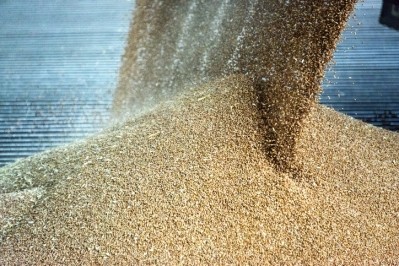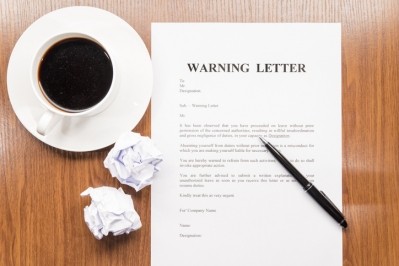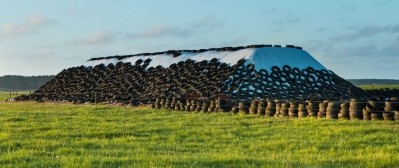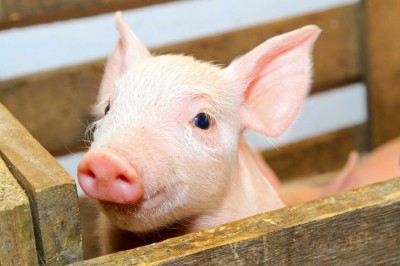US foundation wants to create awareness about silage risks
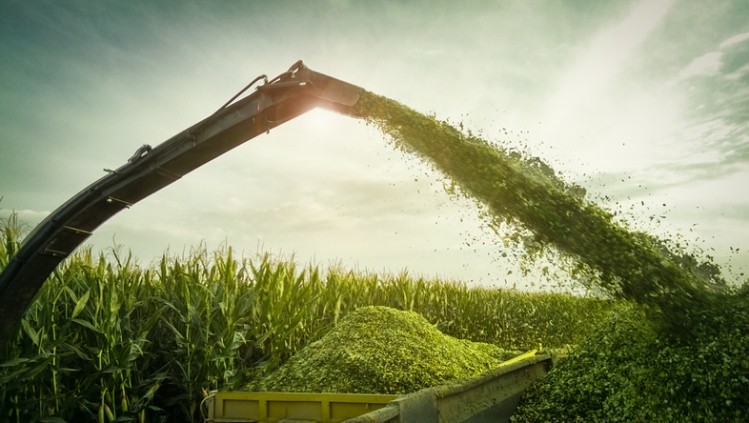
The foundation was established in 2017 and is focused on highlighting the need to take safety precautions when working with silage.
“The goal of the foundation is to bring awareness of opportunities for personal injury and make safety the number one priority,” he told FeedNavigator. “If a silage program isn’t safe then what else matters? That’s awareness and that’s what the foundation is.”
Those who work with silage or around the feed product should be aware of the risks involved, he said.
There are a range of people involved in working with feed who are in a position to run into problems with the feed product as it is common on dairy and feedlot facilities, he said. The organization has documented fatalities including ones involving nutritionists.
“We had a fatality last July where a person was uncovering silage - after he took the plastic off he was buried in an avalanche,” said Bolsen.
Additionally, silage gives off nitrogen dioxide gas and, though that is known, people are still harmed as a result every year, he added.
However, it is hard to quantify how many injuries or fatalities are linked to silage annually, and there may be people who have “near misses” that are not reported, he said. “We don’t have a good handle on the frequency or the number of serious injuries or fatalities,” he added.
“I was surprised by the lack of awareness,” he said. “We did a seminar [for several land-grant universities] and when I finished my presentation the questions and comments from the students were remarkable. They as a group were not aware relative to silage – more than one student said it was eye-opening and that they hadn’t thought about being in harm’s way when they were around silage.”
One constant of accidents with silage is that they could have been prevented, he claimed. “Every serious injury, or fatal silage-related accident, could have been prevented – they were all avoidable, and those that happen in the future could be avoided,” he added.
Focus on silage safety
Bolsen has compiled a book of safety suggestions and past accidents for industry members who work with or around silage that can be used to help provide training, he said. The goal is to make people more aware of safe behavior around silage.
The handbook is available for free in English and Spanish, he said.
“I don’t think silage is any more dangerous than any other activities in farming or on a feedlot or at dairies because you’re working around machines and you’re working around animals,” he said.
However, those actions do not have to be dangerous, he said, adding, “If we educate, and follow the rules, and think safety first and foremost and make good decisions.”
“Silage isn’t at the top of the list at a dairy or feedlot – but silage involves harvesting machines, transportation machines and large pieces of equipment whether we’re making it, harvesting it or feeding it,” he said. “There are overfilled bunkers and piles and avalanches – there are so many different areas in a silage program and it’s not just seasonal.”
Safety practices overview
The organization provides a series of safety recommendations in the guide.
Suggestions include that facilities working with or using silage should develop a safety plan with policy and procedures that are posted where employees can see them and that a hard copy is given to employees, the organization said. Regular safety meetings with all facility employees should include safety practices.
Family members and children should not be allowed near silage bunkers and warning signs could be posted, the association said. Silage bunkers or driver-over piles should not be overfilled and no one should approach the feed-out face.
Using a “buddy-rule” or not working alone in a silage pit or bunker can improve safety, the organization said. And no one should stand on top of the silage pile near the edge.
